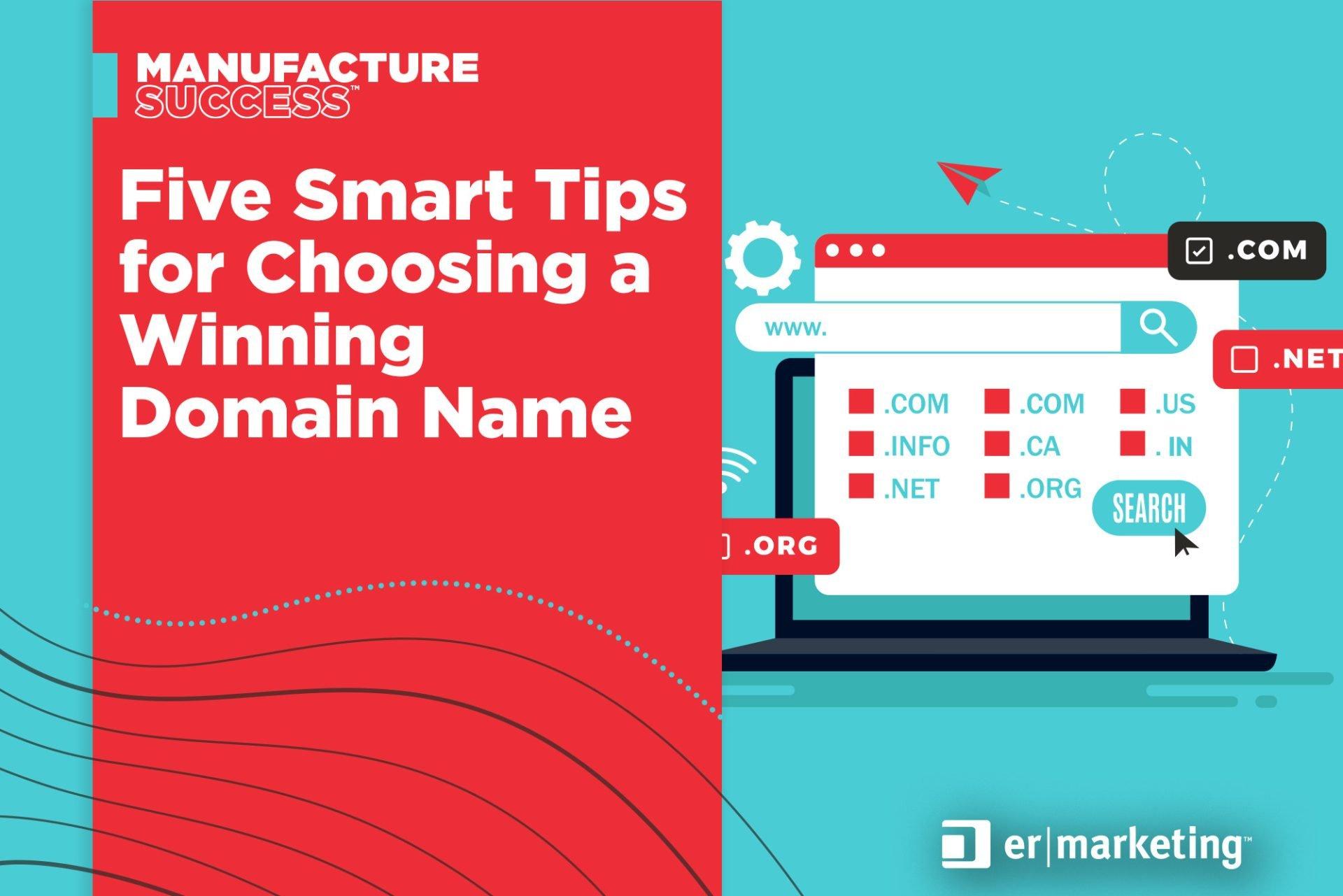Table of Contents
- Understanding the Importance of Domain Name Transfers in Todays Digital Market
- Key Considerations Before Selling Your Domain Name
- Effective Strategies for Marketing Your Domain Name for Sale
- Navigating the Technical Process of Domain Name Transfer
- Legal and Financial Aspects of Selling a Domain Name
- Q&A
- Future Outlook
Understanding the Importance of Domain Name Transfers in Todays Digital Market
In today’s competitive digital marketplace, understanding how domain name transfers operate can significantly impact your online presence. A domain name is not just a web address; it serves as a critical asset that embodies your brand identity. When transferring a domain, it’s essential to follow structured protocols to ensure that your online presence remains intact. Key factors to consider include the reputation of the domain registrar, transfer fees, and the potential downtime associated with the transfer process.
The benefits of conducting domain name transfers extend beyond mere ownership changes. A transfer can enhance SEO performance, improve brand positioning, and even lead to better customer engagement. Some pivotal advantages include:
- Cost Reduction: Many registrars offer competitive pricing, enabling you to optimize your domain management expenses.
- Improved User Experience: A smoother, more reliable service from a different registrar can lead to enhanced site performance.
- Increased Control: Transferring to a registrar that offers superior management tools can provide you greater control over your domain settings.
When negotiating domain transfers, it’s vital to evaluate the associated risks. For instance, certain technical challenges could lead to temporary unavailability of your website. To mitigate these risks, create a transfer checklist that should include:
| Checklist Item | Status |
|---|---|
| Verify domain eligibility | ✔️ |
| Back up website content | ✔️ |
| Unlock domain at current registrar | ✔️ |
| Request transfer authorization code | ✔️ |
Understanding these facets can empower you as a domain owner to leverage the full potential of your online assets while safeguarding your investments in an ever-evolving digital landscape.


Key Considerations Before Selling Your Domain Name
When contemplating the sale of your domain name, one of the foremost factors to evaluate is its current market value. The valuation process can be intricate, affected by various elements such as domain length, keyword relevance, and extension (TLD). A concise and memorable domain name with popular keywords often commands a higher price. Consider researching similar domain sales to gauge what buyers are willing to pay. Tools like domain appraisal services can also assist in providing a clearer picture of your domain’s potential worth.
Another critical aspect is the potential buyer pool. Understanding who might be interested in your domain can enhance your selling strategy. Aspects to consider include:
- Target Industry: Ensure your domain is relevant to the industry you are marketing to.
- Previous Ownership: If the domain has a history, research past buyers and usage.
- Current Trends: Identify trends in domain use, especially in growing sectors like tech or e-commerce.
Additionally, consider the transfer process and associated costs. It’s essential to familiarize yourself with the procedures required to transfer ownership legally and efficiently. Keep in mind the following:
- Registrar Requirements: Different registrars have specific protocols for transfer, so check your provider’s policies.
- Transfer Fees: Be aware of any fees related to the transfer process, including renewal rates.
- Timeframe: Transfers can take time; plan ahead to avoid losing potential buyers due to delays.


Effective Strategies for Marketing Your Domain Name for Sale
To attract potential buyers for your domain name, it’s essential to establish a strong online presence and credibility. Start by creating a dedicated landing page that showcases the domain name’s unique qualities. Highlight its potential uses and benefits to make it attractive to buyers in relevant niches. Use compelling visuals and a clear call to action to prompt interested parties to reach out for negotiations.
Next, leverage social media platforms to amplify your marketing efforts. Utilize targeted ads on channels like Facebook and Instagram, where you can reach business owners, startups, and digital entrepreneurs. Additionally, consider joining online forums and communities like Reddit or specialized groups on LinkedIn to share your listing. Engage with potential buyers and offer insights about the value of investing in a premium domain.
Lastly, collaborate with domain brokers or marketplace platforms to enhance your reach. These professionals often have an extensive network and can help you set the right price based on current market trends. Below is a simple table comparing some popular domain selling platforms:
| Platform | Commission Rate | Ease of Use | Audience Reach |
|---|---|---|---|
| Sedo | 15% | High | Global |
| Flippa | 15% + listing fees | Moderate | Startup Focused |
| GoDaddy Auctions | Varies | High | Established Buyers |


Navigating the Technical Process of Domain Name Transfer
When embarking on the journey of transferring your domain name, understanding the technical intricacies is crucial. The first step involves unlocking your domain at your current registrar. This action is essential because it signals authorization for the transfer. Typically, this can be done through your account settings, but it’s wise to consult the specific instructions provided by your registrar. To ensure a smooth transition, remember to note any transfer fees associated with this process, as these can vary significantly between registrars.
Once your domain is unlocked, you will need to obtain the Authorization Code (also known as EPP code). This code acts as a gatekeeper, confirming you are indeed the owner of the domain. Most registrars will email this code to you or provide it in your account dashboard. Knowing where to find this code is paramount, as you will need it to initiate the transfer at your new registrar. Here’s a quick checklist to follow:
- Unlock your domain
- Request the Authorization Code
- Ensure your contact details are current
After gathering all necessary information, proceed with initiating the transfer at your new registrar. During this phase, you may encounter options for domain privacy and renewal, so consider whether these services align with your needs. After initiating the transfer, it can take a few days for the process to complete. Here’s a quick overview of what to expect during this transition:
| Step | Timeframe |
|---|---|
| Domain unlock | Immediate |
| Receive Authorization Code | Minutes to hours |
| Transfer process | 3-7 days |
By following these steps and understanding the timeline involved, you can effectively navigate the domain transfer process, allowing you to focus on what truly matters—enhancing your online presence and brand identity.


Legal and Financial Aspects of Selling a Domain Name
When it comes to the sale of a domain name, understanding the legal framework is essential to ensure that the transaction proceeds smoothly. Ownership verification is the first step; you need to confirm that you are the rightful owner of the domain. This includes checking whois records, ensuring that the domain is not encumbered by any disputes, and knowing your rights under the applicable laws. Additionally, it’s wise to have a well-drafted sales agreement that outlines the terms of the sale, including the purchase price, transfer method, and any warranties regarding the domain’s status. A comprehensive agreement can mitigate future legal complications.
Finance plays a crucial role in this process too. Tax implications can vary significantly depending on jurisdiction; hence, consulting a tax professional is advisable. You could be liable for taxes on the profit from the sale, so it’s vital to keep accurate records of your initial investment and all related expenses. Payment methods can also impact the transaction’s security. By using a trusted escrow service, you can ensure that funds are securely held and that the buyer receives the domain only after the payment has cleared, reducing the risk for both parties.
Before finalizing the transaction, it’s also beneficial to conduct a market analysis to determine a competitive price for your domain name. Factors to consider include domain age, extension, keyword relevance, and current market demand. A simple table summarizing some key valuation elements can guide you in assessing your domain’s worth:
| Factor | Influence on Value |
|---|---|
| Domain Length | Shorter domains tend to be more valuable |
| Keywords | More valuable if they are high-traffic/search volume |
| Extension Type | .com domains typically dominate value |
| Brandability | Domains that are easy to remember often fetch higher prices |
By keeping these legal and financial aspects at the forefront of your domain selling journey, you set the stage for a successful and profitable transaction.
Q&A
Q&A: Selling Domain Name Transfer
Q1: What is a domain name transfer? A1: A domain name transfer is the process of changing the registrar of a domain name from one company to another. This typically involves updating the ownership details and moving the domain to a different registrar’s system, allowing the new owner to manage the domain according to their preferences.Q2: Why would someone want to sell a domain name transfer? A2: There are several reasons to sell a domain name transfer. Sellers might want to capitalize on a domain name’s popularity or inherent value, particularly if it contains keywords that are in demand. Others may simply be divesting from unused assets or looking to generate revenue from a domain they no longer need.
Q3: How do I determine the value of my domain name? A3: The value of a domain name can be assessed through various factors including its length, memorability, keyword relevance, and market trends. You can use online appraisal tools, compare similar domain sales, or consult a domain broker for expert insights to get an accurate estimate of your domain’s worth.
Q4: What are the steps involved in selling a domain name? A4: To sell a domain name, follow these steps:
- Prepare Your Domain: Ensure the domain is unlocked and that you have access to the administrative email.
- Set a Competitive Price: Research and arrive at a fair market value.
- Promote Your Domain: Use marketplaces, auction sites, or social media to reach potential buyers.
- Negotiate and Finalize Sale: Engage with interested parties, negotiate terms, and complete the transfer process securely to ensure both parties are satisfied.
Q5: What is the process for transferring a domain name to a buyer? A5: The transfer process involves several steps:
- The seller provides the buyer with the authorization code.
- The buyer initiates the transfer at their registrar using the code.
- Both parties may need to confirm the transfer via email.
- Once completed, the domain’s registration will be updated to reflect the new ownership.
Q6: Are there any costs associated with domain name transfers? A6: Yes, domain name transfers may incur costs, which can include transfer fees charged by registrars and, in some cases, renewal fees. It’s essential to check the specific policies of both the selling and receiving registrar, as these can vary significantly.
Q7: What legal considerations should I be aware of during the sale? A7: Sellers should ensure they own the domain name outright and that it isn’t subject to any disputes such as trademark conflicts. Additionally, it’s wise to consider drafting a simple sales agreement outlining the terms of the sale to protect both parties.
Q8: Can I sell a domain that is about to expire? A8: Selling a domain close to expiration is possible, but it is advisable to renew it first. Expiring domains can deter buyers due to the risk of losing the domain if it’s not renewed timely. A renewed domain conveys commitment and can enhance its marketability.
Q9: How can I market my domain name for sale? A9: To effectively market your domain, consider creating a dedicated landing page that showcases its potential use, features, and benefits. Utilize domain name marketplaces, social media channels, and online communities related to your domain’s niche to reach targeted buyers.
Q10: What happens after I sell my domain name? A10: After selling your domain name, you should complete the transfer process and ensure that all necessary confirmations are finalized. Once the transfer is successful, it’s a good practice to remove any promotional content related to the sale and update any associated accounts or services to reflect the change in ownership. Additionally, maintain communication with the buyer in case they have post-sale questions.

